Country France Department Yvelines Intercommunality Versailles Grand Parc Area 26.18 km² | Region Île-de-France Arrondissement Versailles Time zone CET (UTC+1) Population 86,477 (2009) | |
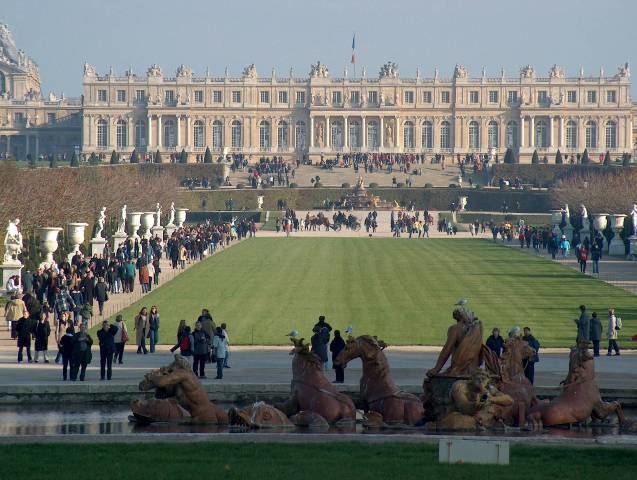 | ||
Weather 17°C, Wind N at 6 km/h, 53% Humidity Points of interest Palace of Versailles, Hall of Mirrors, Grand Trianon, Gardens of Versailles, Chapels of Versailles | ||
Versailles ( or ) is a city in the Yvelines departement in Ile-de-France region, renowned worldwide for its chateau, the Chateau de Versailles and the gardens of Versailles, designated UNESCO World Heritage Sites. According to the 2008 census, the population of the city is 88,641 inhabitants, down from a peak of 94,145 in 1975.
Contents
Map of Versailles (city)
A new town, founded by the will of King Louis XIV, it was the de facto capital of the kingdom of France for over a century, from 1682 to 1789, before becoming the cradle of the French Revolution. After having lost its status of royal city, it became the prefecture (regional capital) of Seine-et-Oise departement in 1790, then of Yvelines in 1968, and a Roman Catholic diocese. Versailles is historically known for numerous treaties such as the Treaty of Paris (1783), which ended the American Revolutionary War and the Treaty of Versailles, after World War I.
Located in the western suburbs of the French capital, 17.1 km (10.6 mi) from the centre of Paris, Versailles is in the 21st century a wealthy suburb of Paris with a service based economy and a major touristic destination as well. In addition, the Congress of France – the name given to the body created when both houses of the French Parliament, the National Assembly and the Senate, meet – gathers in the Chateau de Versailles to vote on revisions to the Constitution.
Name
The etymology of Versailles is clear that the argument tends to privilege the Latin word versare, meaning "to keep turning, turn over and over", expression used in medieval times for plowed lands, cleared lands (lands that had been repeatedly "turned over"). This word formation is similar to Latin seminare ("to sow") which gave French semailles ("sowings", "sown seeds").
During the Revolution of 1789, city officials had proposed to the Convention to rename Versailles Berceau-de-la-Liberte ("Cradle of Liberty"), but they had to retract their proposal when confronted with the objections of the majority of the population.
Geography
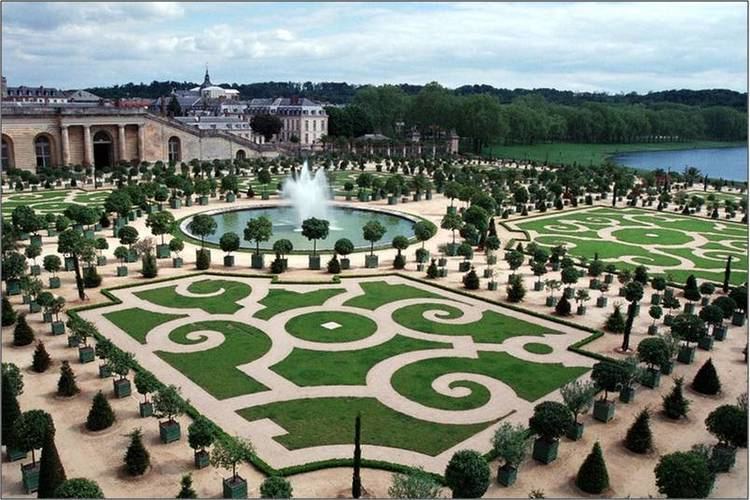
Versailles is located 17.1 km (10.6 mi) west-southwest from the centre of Paris. The city sits on an elevated plateau, 130 to 140 metres (425 to 460 ft) above sea-level (whereas the elevation of the centre of Paris is only 33 m (108 ft) above sea level), surrounded by wooded hills: in the north the forests of Marly and Fausses-Reposes, and in the south the forests of Satory and Meudon.
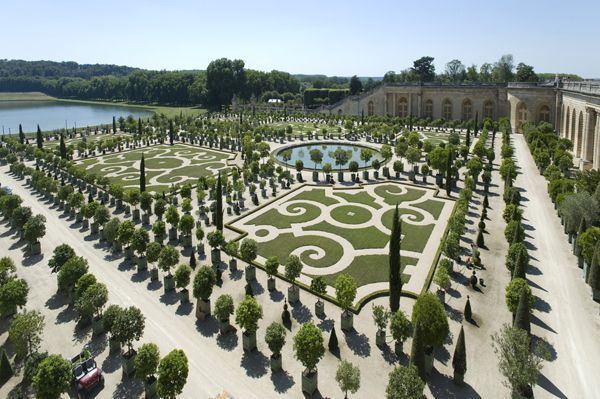
The city (commune) of Versailles has an area of 26.18 km2 (10.11 sq mi, or 6,469 acres), which is a quarter of the area of the city of Paris. In 1999, Versailles had a population density of 3,344/km2 (8,660/sq mi), whereas Paris had a density of 20,696/km2 (53,602/sq mi).
Born out of the will of a king, the city has a rational and symmetrical grid of streets. By the standards of the 18th century, Versailles was a very modern European city. Versailles was used as a model for the building of Washington, D.C. by Pierre Charles LEnfant.
History

The name of Versailles appears for the first time in a medieval document dated 1038. In the feudal system of medieval France, the lords of Versailles came directly under the king of France, with no intermediary overlords between them and the king; yet they were not very important lords. In the end of the 11th century, the village curled around a medieval castle and the Saint Julien church. Its farming activity and its location on the road from Paris to Dreux and Normandy brought prosperity to the village, culminating in the end of the 13th century, the so-called "century of Saint Louis", famous for the prosperity of northern France and the building of Gothic cathedrals. The 14th century brought the Black Death and the Hundred Years War, and with it death and destruction. At the end of the Hundred Years War in the 15th century, the village started to recover, with a population of only 100 inhabitants.
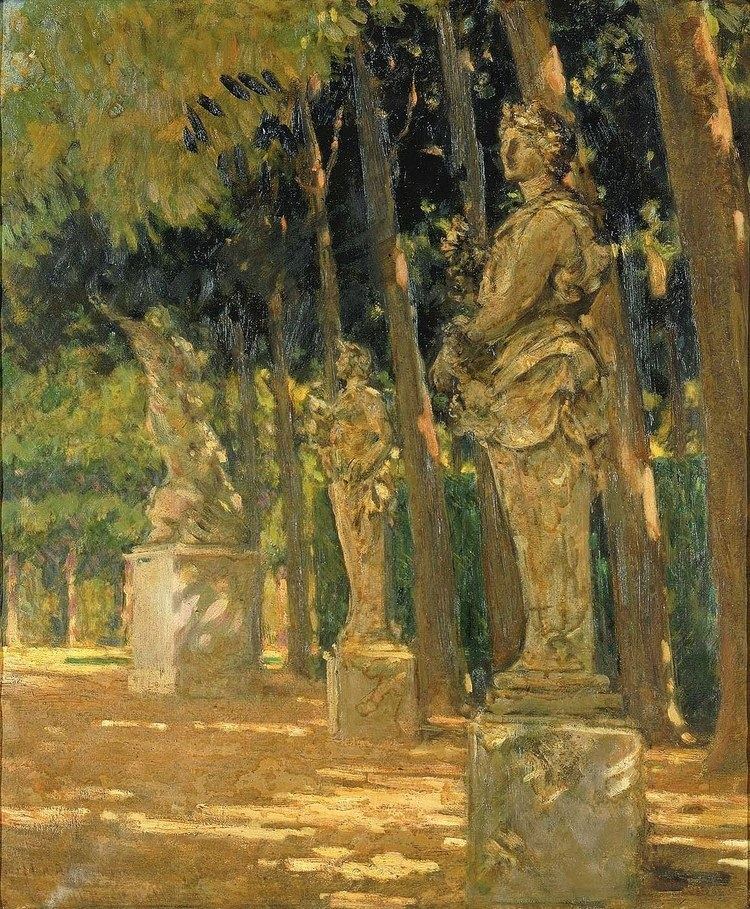
In 1561, Martial de Lomenie, secretary of state for finances under King Charles IX, became lord of Versailles. He obtained permission to establish four annual fairs and a weekly market on Thursdays. The population of Versailles was 500 inhabitants. Martial de Lomenie was murdered during the St. Bartholomews Day massacre (24 August 1572). In 1575, Albert de Gondi, a man from Florence who had come to France with Catherine de Medici, bought the seigneury of Versailles.
Culture
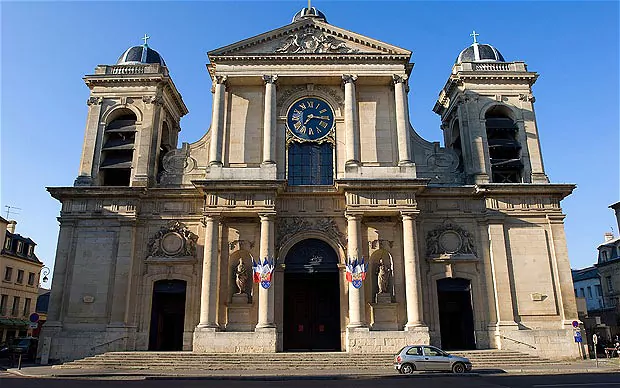
Versailles primary cultural attraction is the Palace, with its ornately decorated rooms and historic significance. The town also has other points of cultural notability; in recent times, its position as an affluent suburb of Paris has meant that it forms a part of the Paris artistic scene, and musical groups such as Phoenix, Air and Daft Punk have some link to the city, as does the director Michel Gondry.
